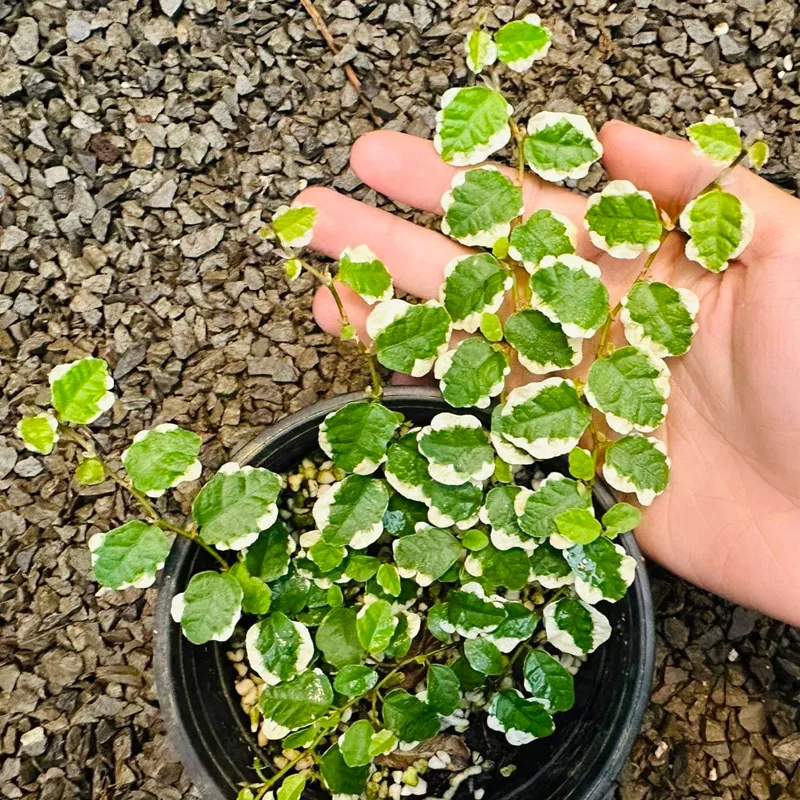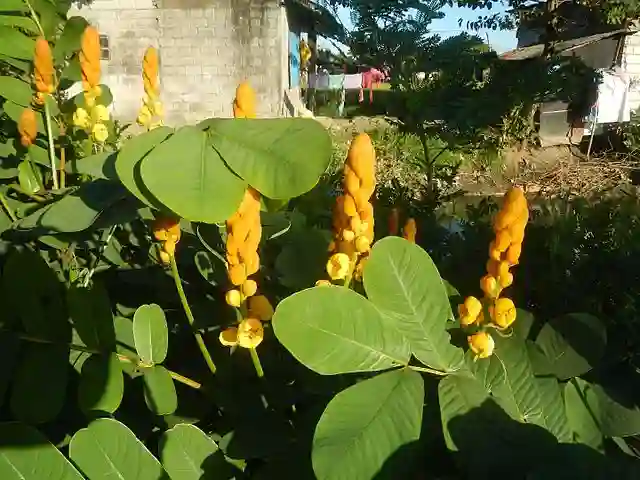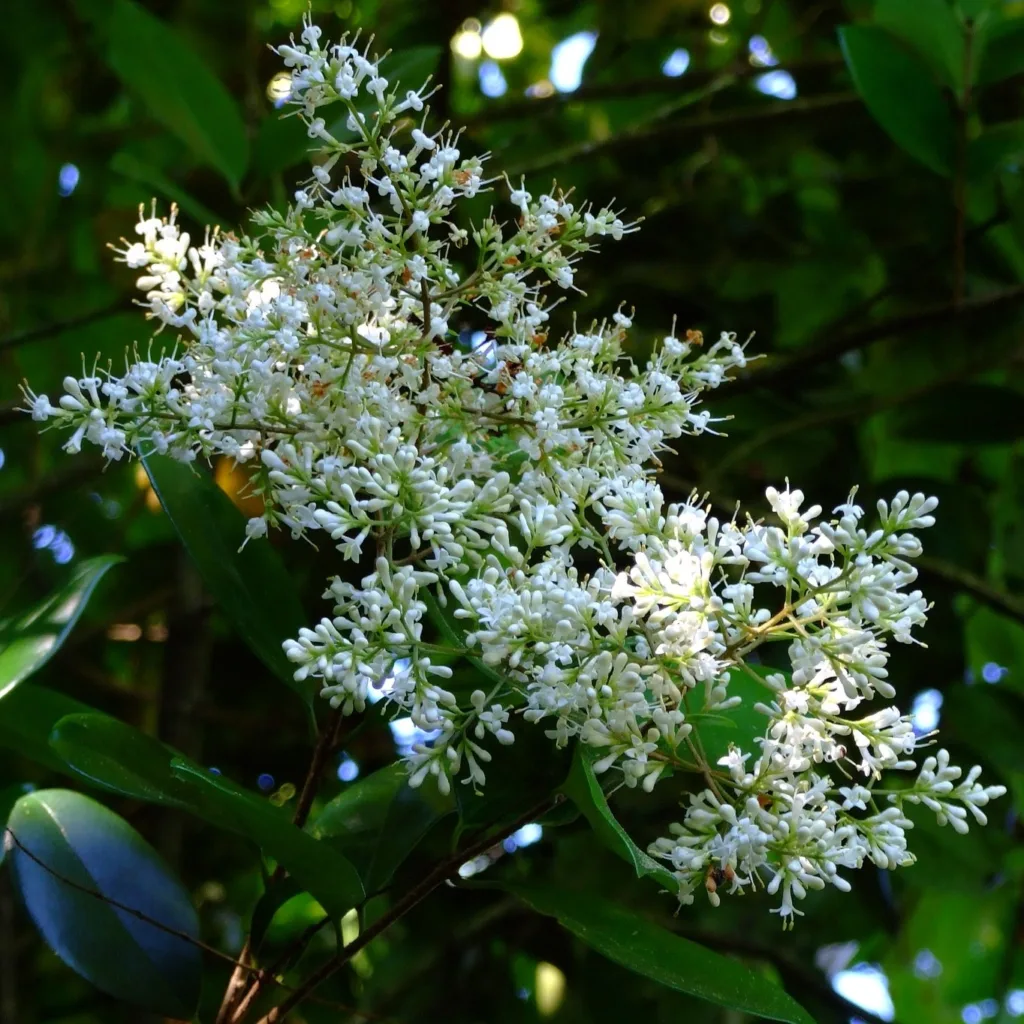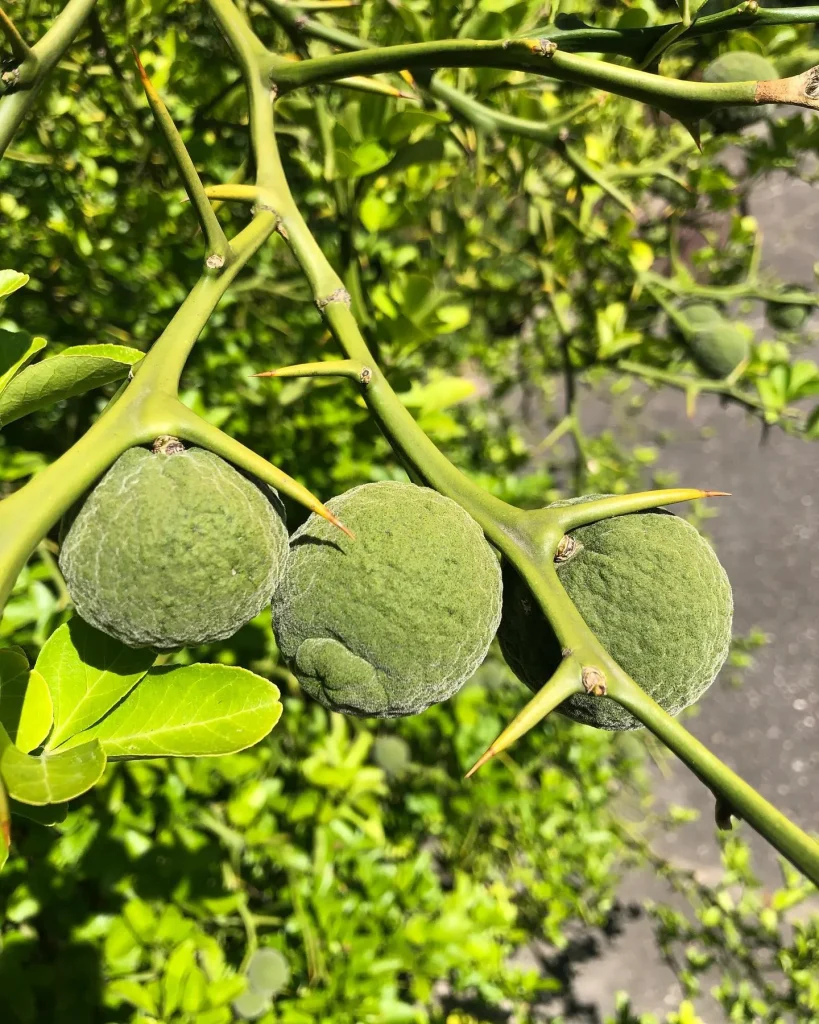What Is Westringia Blue Gem?
Westringia Blue Gem is one of my favorite plants to grow in the garden. This beautiful Australian native, sometimes called Coastal Rosemary, is known for its vibrant purple-blue flowers and dense, bushy foliage. It’s an evergreen shrub that can reach about 3 to 5 feet tall and wide, making it perfect for adding structure and color to a garden. I often use it for hedging or as a stunning standalone plant because of its resilience and year-round appeal.
It’s also a low-maintenance plant, thriving in well-drained soil and sunny locations, which suits me perfectly as I prefer plants that don’t need constant attention.
32 Species in Genus Westringia
How Do I Care for Westringia Blue Gem?
Caring for Westringia Blue Gem is easy, which is why it’s such a popular choice. Here’s what works best for me:
- Sunlight: Blue Gem loves full sun but can tolerate partial shade. In my experience, giving it as much sunlight as possible results in more vibrant flowers and bushier growth.
- Soil: Well-drained soil is a must. I’ve planted mine in slightly sandy, loamy soil, and it’s thrived. If your soil retains too much water, I recommend amending it with some sand or gravel.
- Watering: Blue Gem is drought-tolerant once established, so over-watering can cause issues. I water mine sparingly during dry periods, but I always ensure the soil is dry before watering again.
- Pruning: It responds well to pruning, which I do after the flowering season to keep it compact. This also encourages new growth and keeps it looking fresh.
- Fertilizing: I usually skip fertilizing Westringia Blue Gem since it doesn’t need much feeding. If you want to boost its growth, a light application of slow-release fertilizer in spring can be helpful.
How Do I Propagate Westringia Blue Gem?
Propagating Westringia Blue Gem is simple, and I’ve had great success with cuttings. Here’s my process:
- Take Cuttings: In spring or early summer, I take 4-6 inch semi-hardwood cuttings from a healthy plant.
- Prepare Cuttings: I strip the lower leaves and dip the cut end in rooting hormone to promote root growth.
- Plant the Cuttings: I plant them in a mix of perlite and potting soil, keeping the soil moist but not waterlogged.
- Provide the Right Conditions: I place the cuttings in a warm, bright spot (but out of direct sunlight). In a few weeks, I start to see roots developing.
Once the cuttings are established, I transplant them into the garden. It’s an easy and inexpensive way to grow more Blue Gems.
What Can I Plant with Westringia Blue Gem?
I love pairing Westringia Blue Gem with other drought-tolerant plants. Some of my favorite companions are:
- Lavender: Both plants thrive in similar conditions, and the purple hues of lavender complement Blue Gem’s flowers perfectly.
- Grevillea: Another Australian native, Grevillea adds a unique texture and a splash of color to the garden.
- Kangaroo Paw: This striking plant adds vertical interest, contrasting with the more rounded shape of Westringia Blue Gem.
These combinations create a vibrant, water-wise garden that requires minimal maintenance.
Is Westringia Blue Gem Toxic?
One of the things I love about Westringia Blue Gem is that it’s non-toxic to both humans and pets. I don’t have to worry about curious animals or children accidentally ingesting it, making it a safe addition to family gardens.
What Are the Benefits of Westringia Blue Gem?
Westringia Blue Gem offers plenty of benefits that keep me coming back to this plant. Here’s why I think it’s worth having:
- Low Maintenance: It doesn’t demand much attention, making it perfect for busy gardeners like me.
- Drought Tolerant: Once established, it thrives on minimal water.
- Attractive Blooms: The purple-blue flowers bloom for much of the year, adding constant color.
- Versatile: Whether I’m using it as a hedge, ground cover, or feature plant, Westringia Blue Gem always performs well.
- Coastal Tolerance: I live near the coast, and Blue Gem is perfect for coastal gardens, tolerating salty winds and poor soils.
Common Problems with Westringia Blue Gem
Even though Westringia Blue Gem is hardy, it’s not without a few challenges. The most common problem I’ve encountered is over-watering. When I first started growing it, I made the mistake of watering too often, and the plant became prone to root rot. Keeping the soil well-drained and watering sparingly fixed that issue.
Occasionally, I’ve noticed spider mites or aphids, but a strong jet of water usually takes care of those. I also check the plants regularly to catch any issues before they become a major problem.
How Does Westringia Blue Gem Compare to Westringia Fruticosa?
Westringia Fruticosa is another popular Westringia variety, often confused with Blue Gem. Both are similar in terms of care, but Blue Gem stands out for its vivid flowers. Fruticosa tends to have lighter blooms, more on the white or pale lilac side. Blue Gem’s intense blue-purple flowers are what I prefer, especially for adding color to my garden.
Both are excellent choices for low-maintenance gardening, but if you want a showier plant, Westringia Blue Gem is the way to go.
Can Westringia Blue Gem Handle Frost?
From my experience, Westringia Blue Gem is moderately frost-tolerant. I’ve had plants survive light frosts without damage, but in areas with heavy frost, it’s best to plant it in a sheltered spot or cover it during cold snaps. It performs better in warmer climates, which is something to keep in mind when planting.
Final Thoughts on Westringia Blue Gem
Westringia Blue Gem is a versatile, hardy, and beautiful plant that’s perfect for a low-maintenance garden. Whether you’re looking for a drought-tolerant shrub, a hedge, or a stunning specimen plant, this is one that delivers. Its vibrant flowers and easy-care nature make it a must-have for anyone looking to add some beauty to their landscape without a lot of effort.
If i die, water my plants!



